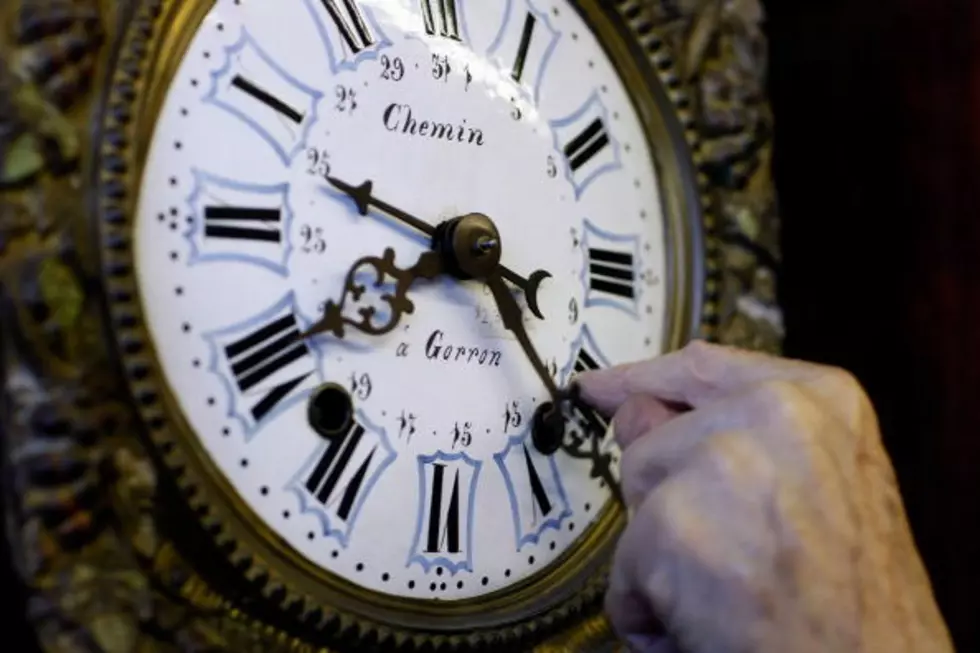
It’s Time For Us To ‘Spring Forward’ And Get Some More Daylight
Well, it's that time again for the annual spring forward on the clocks as we head into 'Daylight Saving Time.'
We all know what this means right? We will have to move our clocks forward one hour when you go to bed on Saturday. That will mean starting Sunday morning it will be darker in the morning, but an extra hour of light in the evenings. And of course, we lose an hour of sleep which seems to affect me for the entire first week of the time change.
Daylight Saving Time will stay in effect until Sunday, November the 6th when we will once again fall back and return to normal Standard Time. Did you know that Arizona and Hawaii do not recognize Daylight Saving Time but stay on Standard Time year-round?. Several states, including Texas and Arkansas, have had bills filed to end Daylight Saving Time, but as of right now none of them have passed their state legislatures.
Contrary to popular belief Daylight Saving Time was not created for farmers. It was actually started in Germany during World War I to help in saving coal. The Uniform Time Act passed Congress in 1966 and was signed into law by President Lyndon B. Johnson. This act set a uniform time for Daylight Saving Time to begin and end across the country but did allow for exemptions. That loophole allows the states of Arizona, Hawaii, and any other state that chooses to not recognize Daylight Saving Time.
We have been on this current schedule of the time change since 2007. Daylight Saving Time begins on the second Sunday of March and ends on the first Sunday in November. Before 2007 it began on the last Sunday of April and ended on the last Sunday of October.
LOOK: 30 fascinating facts about sleep in the animal kingdom
More From Eagle 106.3









